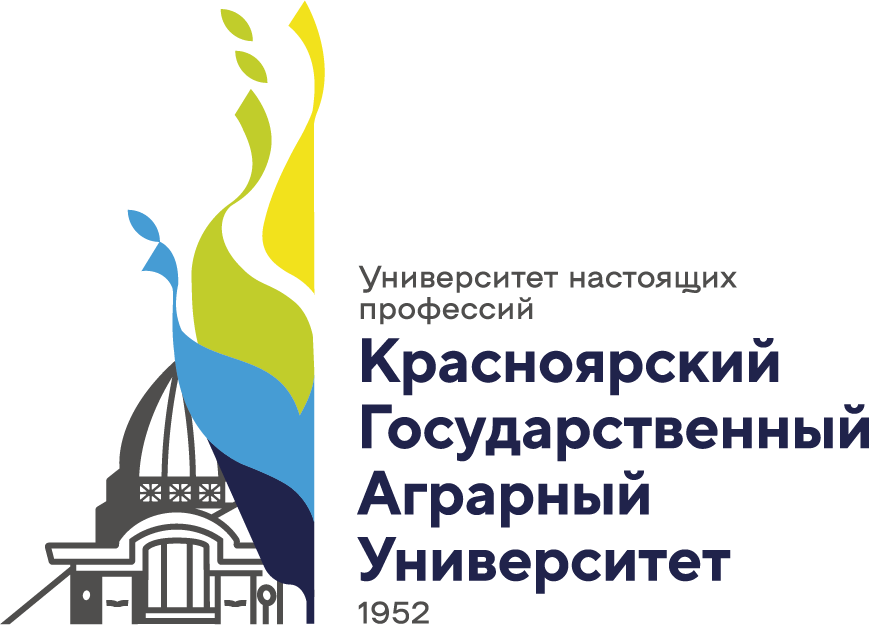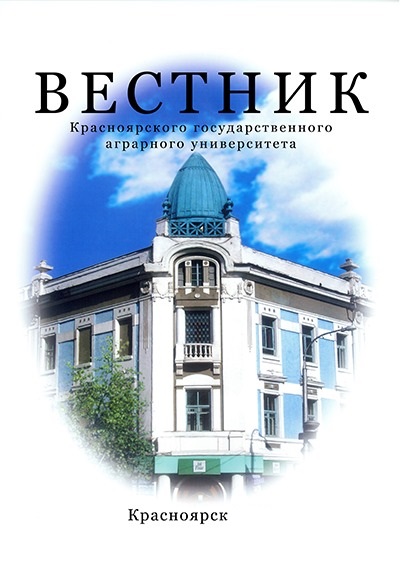Optimizing model of crop rotations in the system of adaptive agriculture in the territory of JSC Chistoye of Tyukalinsky municipal area of Omsk Region of Western Siberia was presented in the study. The main type of production activity of JSC Chistoye is making agricultur- al products. The branch of plant growing is directed on cultivation of grain, leguminous, annual and perennial herbs. The total area of agricultural grounds (arable land) is 10 246 hectares. Taking into account landscape and ecological restrictions, the modes of using lands types of crop rotations were established: field and spe- cial environmentally stabilizing which carry lines of field and fodder crop rotations carrying out ecological func- tions. The structure of cultivated areas of JSC Chistoye not fully conforms to qualifying standards taking into account zone features and demands adjustment with application of economic-mathematical modeling. Opti- mizing model of structure of using arable land includes the restrictions on specific weight of bare fallow, crops, volume of production and man power. The purpose in model was the maximum profit on products in value terms. The structure of use of arable land demands changes according to the results of modeling: the area under grain crops (wheat, oats, barley) and annual herbs needs to be increased by 1207 and 461 hectares respectively (to bring to recommended 49.0 and 9 %),under leguminous crops and perennial herbs to lower (minimum recommended respectively 3.0 and 18.0 %). For rational use of arable land and the increase of fertili- ty of lands it is necessary to bring into crop rotation cul- tivated crops on the area of 717 hectares. Within adap- tive agriculture was to make the replacement of bare fallows by occupied fallows. Recommended crop rota- tion with fallow-occupied crop (clover) was in agrotechnical plan and economically profitable. The quantity of products obtained from a unit area, ex- pressed in comparable quantities (feed units), is11.966.4 c fodder units and the profitability of crop rota- tion was 21.4 %.
the system of agriculture, optimizingmodel, agricultural organization, crop rotation, criterion function, restriction, profitability
1. Modeli adaptivno-landshaftnyh sistem zem- ledeliya dlya osnovnyh prirodno-sel'sko- hozyaystvennyh regionov strany / G.N. Cherka- sov, A.S. Akimenko, I.I. Vasenev [i dr.]; Vse- ros. NII zemledeliya i zaschity pochv ot erozii RASHN. - Kursk, 2005
2. Nozhenko T.V., Marakaeva T.V. Analiz organiza- cii sistem sevooborotov sel'skohozyaystvennyh organizaciy Tyukalinskogo rayona Omskoy oblas- ti na landshaftno-ekologicheskoy osnove // Vestn. Kazan. gos. agrar. un-ta. - 2016. - № 3 (41). - S. 24-30
3. Nozhenko T.V., Marakaeva T.V. Ekologicheskoe sostoyanie zemel' Tyukalinskogo rayona Omskoy oblasti // Geodeziya, zemleustroystvo i kadast- ry: vchera, segodnya, zavtra: mat-ly mezhdunar. naych.-prakt. konf. - Omsk, 2017. - S. 104-109
4. Nauchnye osnovy zemledeliya ravninnyh landshaftov Zapadnoy Sibiri / L.V. Berezin [i dr.]; pod red. I.F. Hramcova, V.G. Holmova; RASHN, Sib. otd-nie SibNIISHa, Omskiy gos. agrar. un-t. - Omsk, 2007. - 224 s
5. Spektor M.D. Ekonomiko-matematicheskie me- tody i modeli zemleustroystva. - Astana, 2006. - 175 s
6. Volkov S.N. Zemleustroystvo. Ekonomiko- matematicheskie metody i modeli: v 6 t. T. 4. - M.: Kolos, 2001. - 696 s
7. Metodicheskoe rukovodstvo po agroekologicheskoy ocenke zemel', proektirovaniyu adaptiv- no-landshaftnyh sistem zemledeliya i agrotehnologiy / pod red. V.I. Kiryushina, A.L. Iva- nova; RGAU - MSHA im. K.A. Timiryazeva. - M., 2005. - 763 s.










